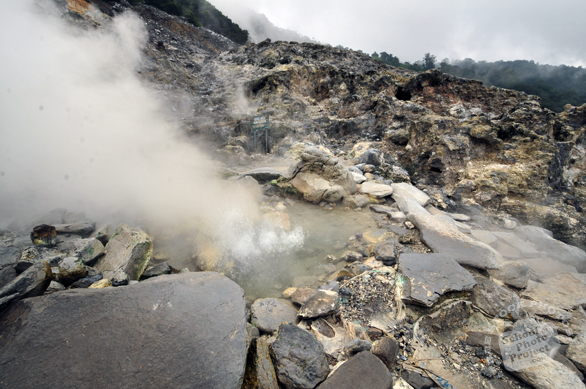About Coney Island
Coney Island is a New York City neighborhood that features an amusement area that includes 50 or more separate rides and attractions; it's not a centrally managed amusement park like Disneyland or Six Flags. As a result, specific questions about rides, filming privileges, etc., should be directed to individual businesses.

Coney Island is a seasonal center operating roughly between Easter and Halloween. Rides and attraction are generally open on weekends from Easter until Memorial Day, all week long from Memorial Day until Labor Day, and then weekends from Labor Day until the end of October. The beach and boardwalk are open all year round (although lifeguards are only on duty from Memorial Day to Labor Day) and Nathan's Hot Dogs and the New York Aquarium are open almost every day of the year.
During the week, rides and attractions may open at noon and run until the late evening. During the weekends, the same rides and attractions open around noon and may run until the early morning.

In its heyday, from the turn of the century to the Second World War, Coney Island, NY wasthe city's playground. Years of neglect followed, but the arrival of the new Luna Park amusement park gave the area fresh life. Now, the hundreds of thousands of people visit one of the best New York beaches and things to do in NYC this summer each year. Visit Nathan’s hot dogs for a bite, buy a ticket for a Coney Island Cyclones game and make Coney Island in NY one of the best day trips from NYC!
Known as the "the People's Playground," this famous amusement area in Brooklyn has witnessed an illustrious past. In the early 1900s, Coney Island enticed New Yorkers to visit with its bathing pavilions, seaside resorts and amusement park. The Great Depression took its toll on the fun-loving spot, causing many area attractions to close. But after years of economic instability, Coney Island has reclaimed its place on the Brooklyn map, with a fresh roster of eateries and entertainment (including a July Fourth hot dog-eating contest and an annual Mermaid Parade) found along the 2.7-mile-long boardwalk. And in 2010, Luna Park reopened its gates and returned to its formal splendor, welcoming visitors to once again ride the famous Cyclone rollercoaster. Coney Island now features several separate amusement parks, as well as a museum (currently closed for renovations), which hosts a variety of exhibits and shows.

According to recent visitors, Coney Island is a worthwhile trip. "The beach and boardwalk are so beautiful, and the atmosphere is just so much fun! You feel like you are at an old time carnival," exclaimed one TripAdvisor user.
You are welcome to visit Coney Island throughout the year, but to enjoy all of the amusement park activities you'll want to come in the spring or summertime. Typically, amusement park rides and attractions operate from noon until the evening during the week and weekends, though some attractions feature different operating hours. For further details, consult Coney Island's.

It is the best playground in New York city,suitable for a traveller to visit the country: )












